Many of us are quick to point fingers at our graphics cards whenever we experience stuttering or frame rate drops while gaming. After all, GPUs do all the heavy lifting when it comes to graphically demanding workloads, so it makes sense why we often think it's the culprit. However, you could have a high-end GPU, like the RTX 5090 or 4090, and still face these issues because the rest of your hardware isn't on par with it.
As a proud owner of an RTX 4090 for over two years, I can confidently say I've faced all kinds of FPS issues. And almost every time, the culprit wasn't my expensive GPU, but other crucial components in my system. Just because you have a high-end GPU doesn't mean your PC isn't prone to such issues. So, let's look at some signs that help you confirm that your GPU isn't responsible for all the frame rate issues you're dealing with.
4 Low GPU usage
Your GPU isn't operating at its full potential
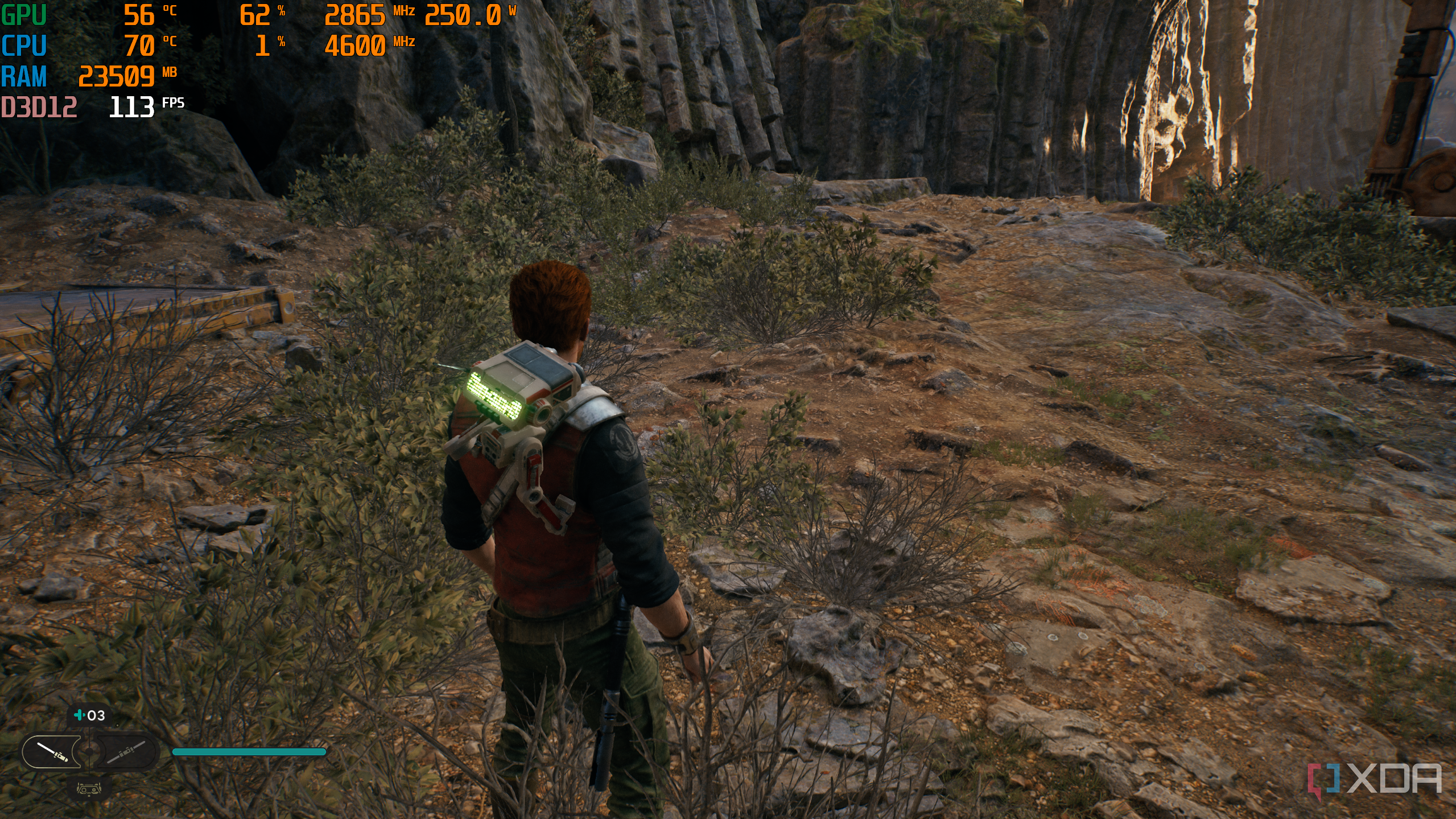
If you're not getting the performance you expect from your graphics card, especially after comparing your FPS with benchmark videos, chances are that it's not operating at its maximum potential. But how can you tell that for sure, you ask? Well, you can lower the resolution and graphics settings to see if the performance improves. If you see little to no difference in your average FPS, your CPU is likely bottlenecking your graphics card. You can confirm this by monitoring your GPU usage using MSI Afterburner.
I've encountered this problem so many times when I had the Ryzen 9 5900X paired with the RTX 4090. The issue was prominent in CPU-bound competitive games like Valorant, Fortnite, Counter-Strike 2, and Call of Duty: Warzone. These games aren't that graphically demanding, especially for my RTX 4090. So, I upgraded to the Ryzen 7 5800X3D, which increased my GPU usage and boosted my FPS by 30-40% across these titles. However, if you can't get a faster CPU, your only solution is to crank up the resolution and graphics settings to reduce the bottleneck.
3 Near-100% CPU usage
Your CPU is overworked and can't keep up with your GPU
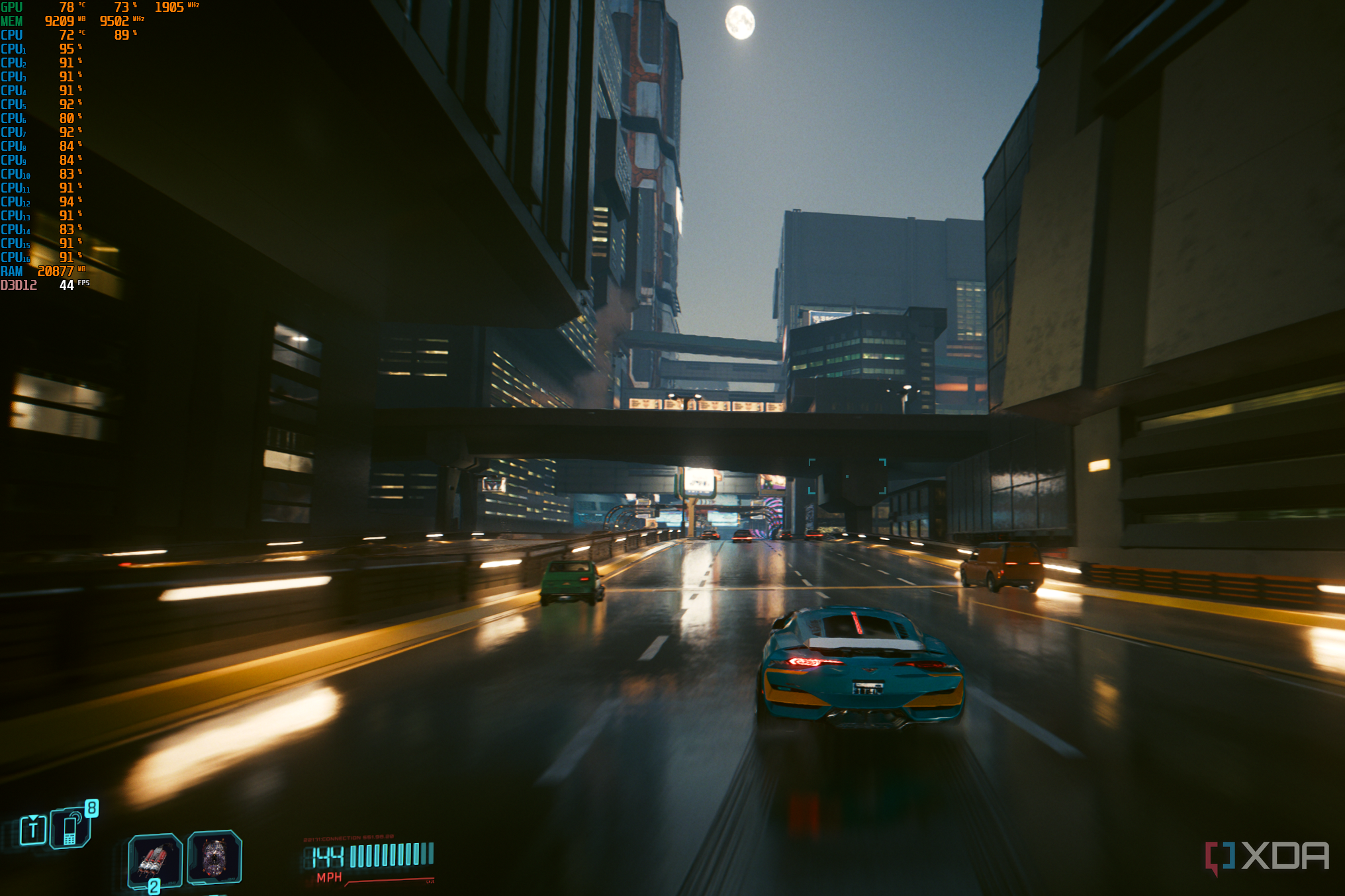
Low GPU usage doesn't always mean that your CPU is overloaded; it might just be a bit too slow for your GPU. However, when the CPU usage is close to 100%, the GPU usage usually takes a significant hit because the CPU can't feed data to your graphics card efficiently. In these cases, you'll often encounter stuttering because of unstable frame rates. One minute, your game feels smooth, and the next minute, the FPS dips during a graphically intensive scene and causes a stutter.
You can use Task Manager or monitoring software like MSI Afterburner to check your CPU load while gaming to confirm this. Your average FPS may look decent, but it's the 1% low FPS that you need to worry about when your CPU usage is pretty high. Poor 1% low FPS means your game won't feel nearly as smooth as it should because of micro-stutters, hitches, and inconsistent frame pacing. You'll also experience terrible input lag since your CPU is overwhelmed and can't process all your key presses and mouse movements efficiently.
2 You don't have adequate RAM
You need at least 16GB of RAM for modern AAA games
If you don't have at least 16GB of RAM in your PC, you will inevitably encounter FPS issues while gaming. Sure, many games mention 8GB of RAM in the minimum system requirements, but that doesn't mean you'll have a smooth experience. Some modern AAA titles, like Indiana Jones and the Great Circle and Microsoft Flight Simulator 2024, recommend 32GB of RAM for an optimal gaming experience. So, always check the recommended system requirements before you spend your hard-earned money on a game.
When your RAM is insufficient or overloaded for a particular game, your PC will use the page file (or virtual memory) on your hard drive to store data. Since your storage drive isn't as fast as your RAM, you'll experience hitching and stuttering when a game tries to load new assets. You can open Task Manager on Windows and head to the Performance tab to monitor your RAM usage. If it's above 90%, you can be confident that your RAM is the culprit and not your graphics card. The disk usage will also be high when your PC keeps relying on virtual memory.
1 You're still gaming on an HDD
Mechanical hard drives can cause stuttering and asset pop-ins
If you're still playing games on an HDD, it's high time you upgrade to a SATA SSD at the very least. Besides prolonged loading times, you'll have to deal with texture pop-ins and stuttering while using mechanical hard drives for gaming. That's because your GPU ends up idling while waiting for textures and other game data to arrive. Modern open-world games that rely heavily on streaming assets in real-time, especially with high-resolution textures, will benefit from an SSD upgrade.
Faster storage drives don't just improve your boot times, loading times, and file transfers; they can help your GPU perform at its full potential in games with vast open-world environments. Even though a SATA SSD is adequate for the vast majority of games today, an NVMe drive can almost completely eliminate performance interruptions. I'd highly recommend a PCIe 4.0 or newer SSD if you tend to play open-world games that use Microsoft DirectStorage, like Horizon Forbidden West, Assassin's Creed: Shadows, Marvel's Spider-Man 2, etc.
Don't overlook your other components while gaming
As you've seen above, your graphics card may not always be the reason for all the FPS issues you face while gaming. If other critical components, like your CPU, RAM, and storage drive, are not on par with your GPU, you will encounter performance bottlenecks that lead to frame rate issues. Looking out for these subtle signs saves you from making costly mistakes, like upgrading your graphics card only to realize the performance has barely improved. That's why I always recommend diagnosing FPS issues using monitoring software first, so you can pinpoint the culprit before you spend your hard-earned money on a new part.
.png)
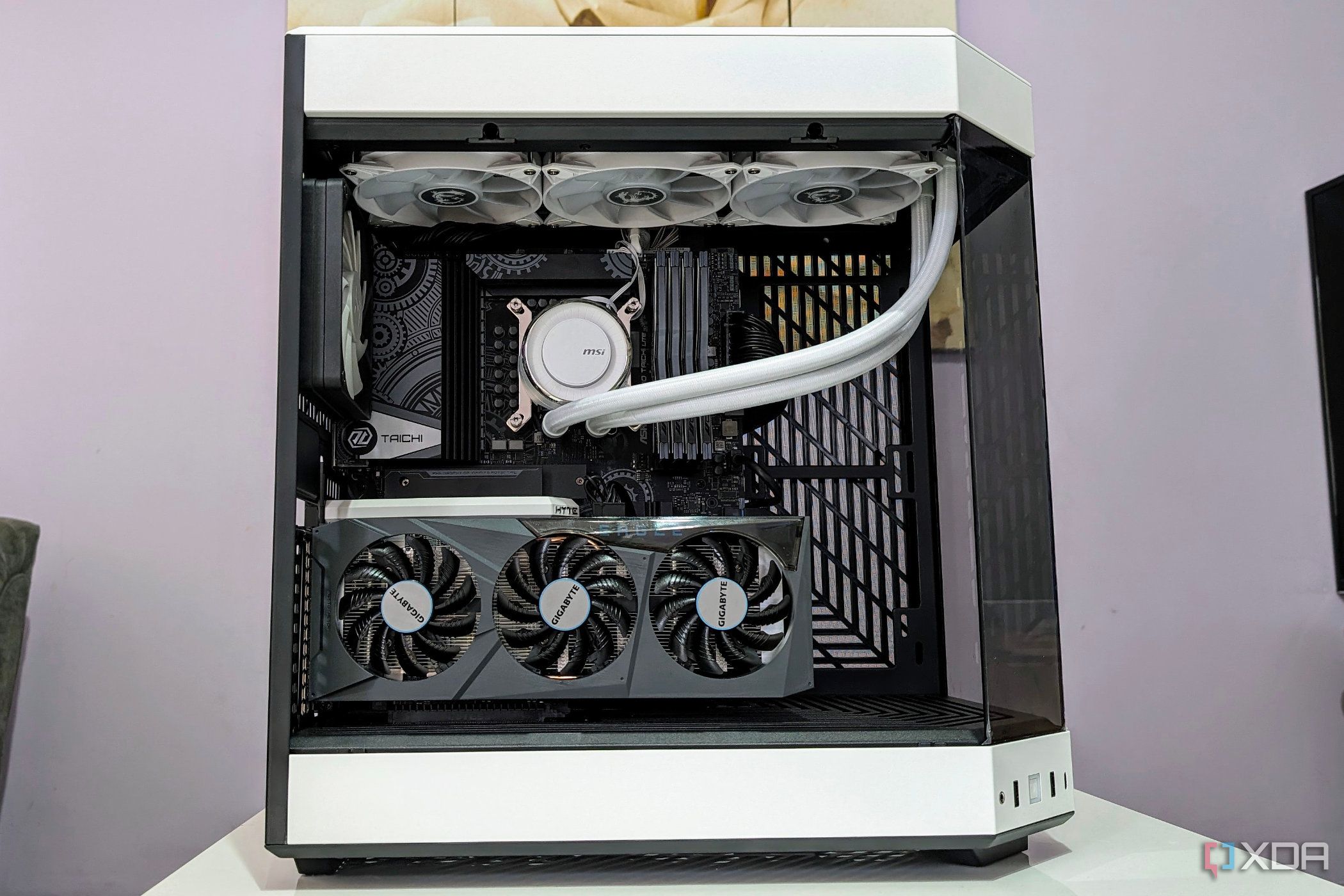
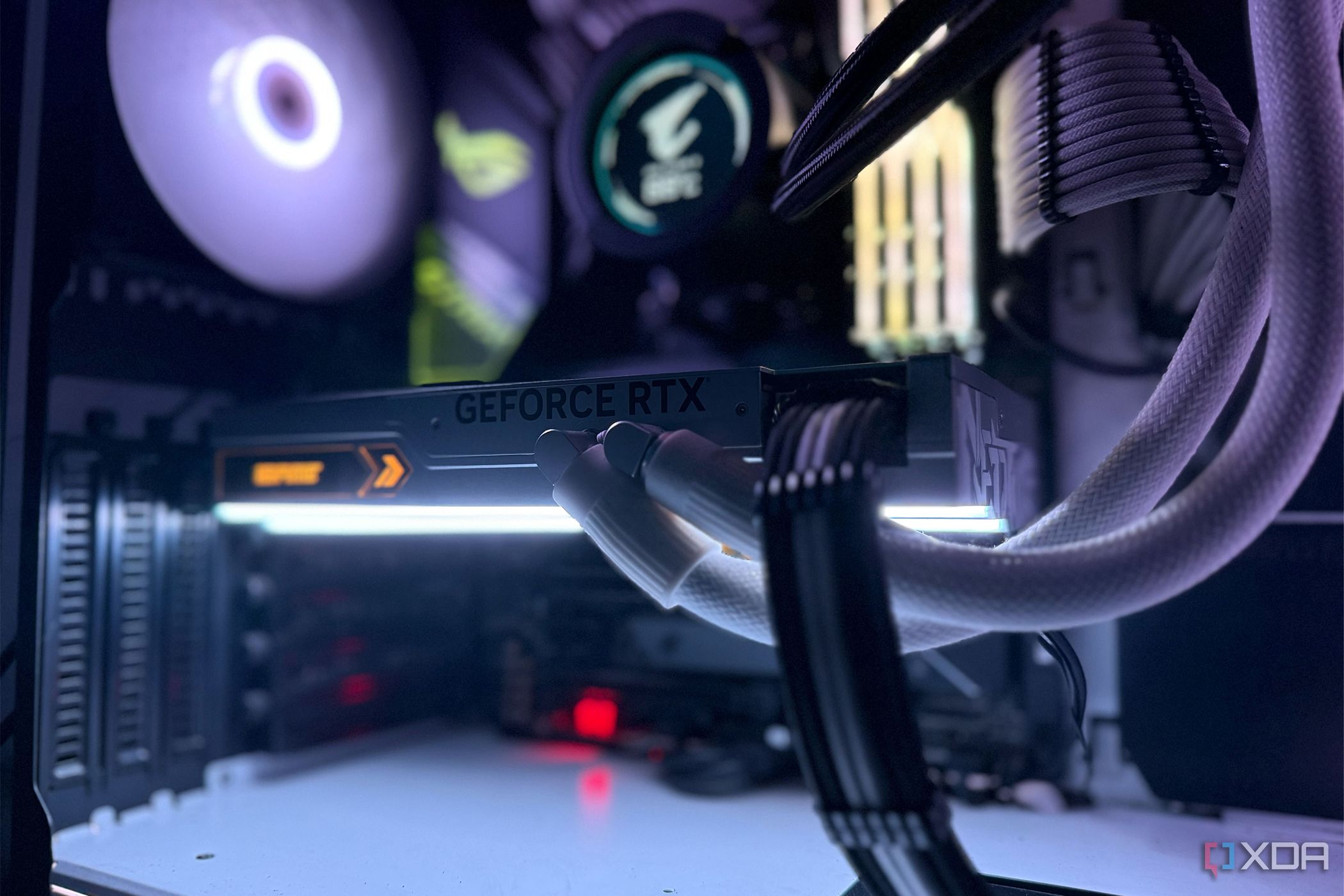

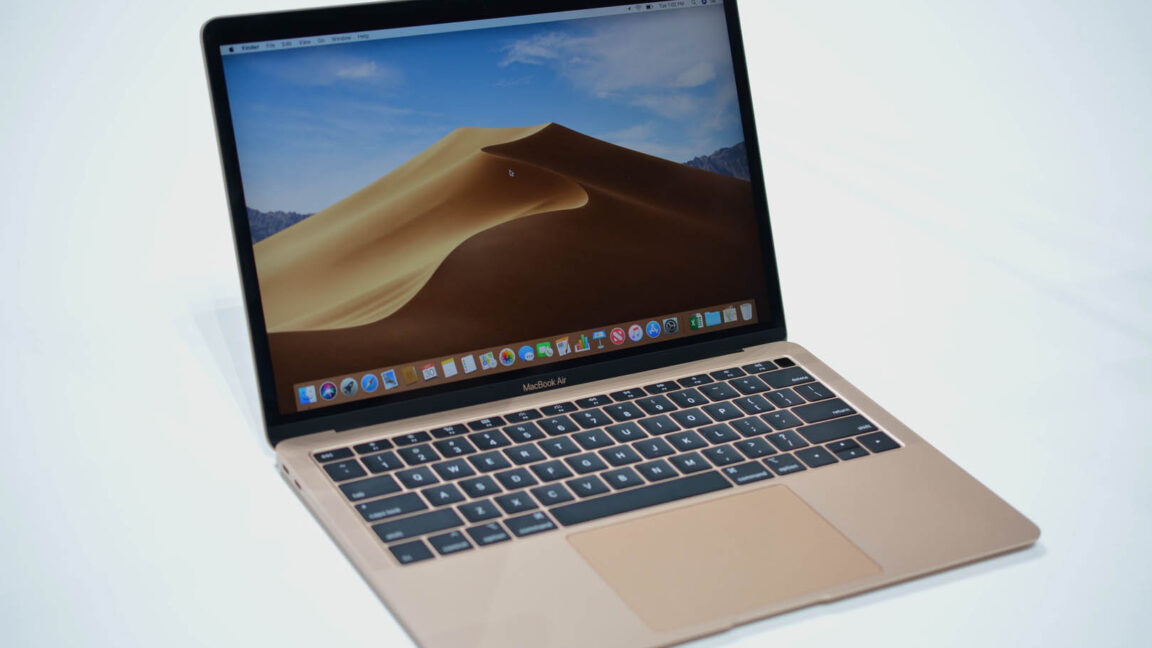








 English (US) ·
English (US) ·